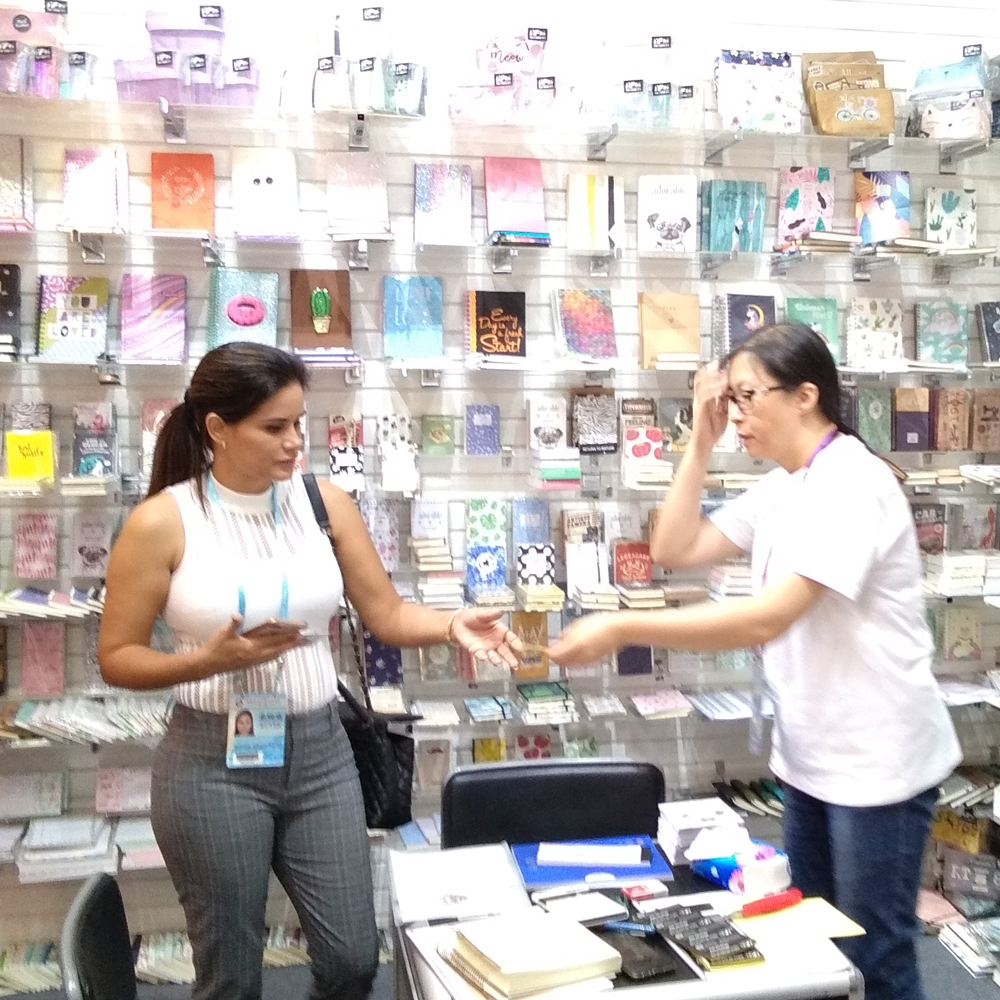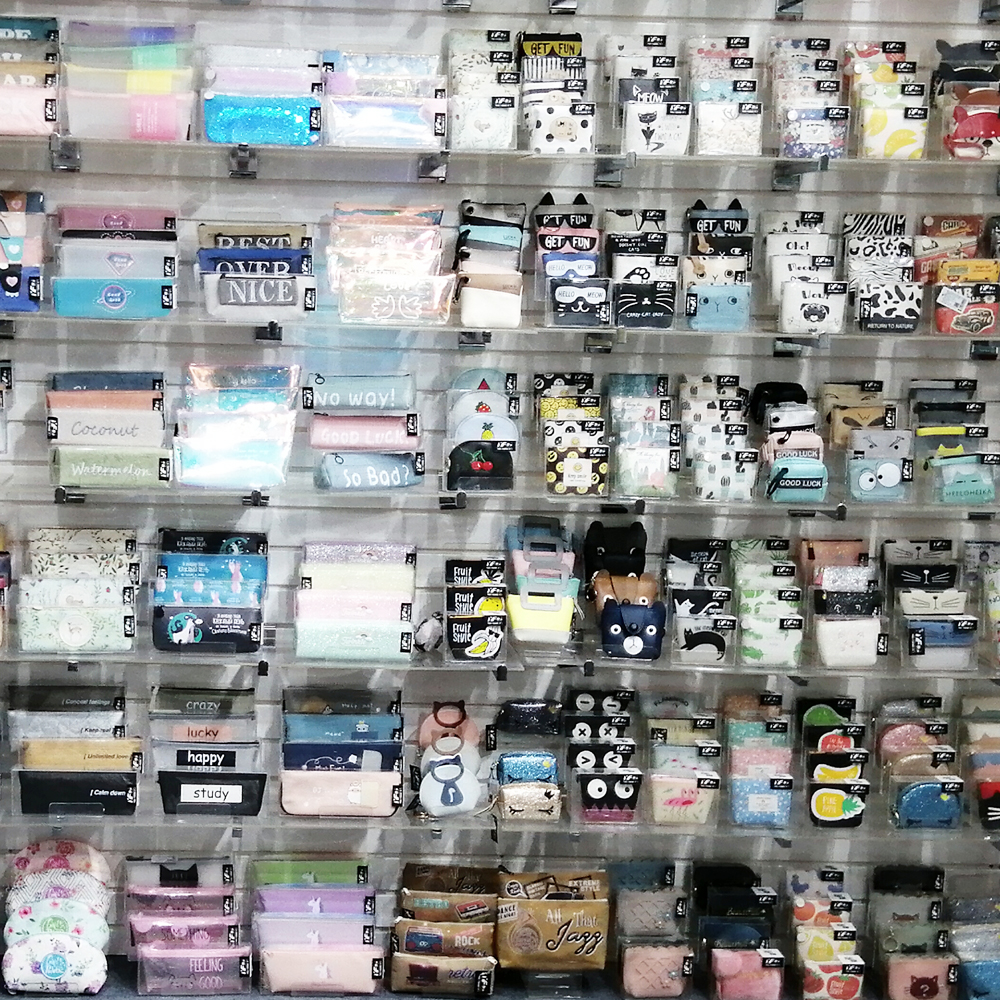Plush Toy Inspection Information It has a wide range of products and covers a wide range of fields, such as children's toys, baby toys, plush stuffed toys, educational toys, electric toys, wooden toys, plastic toys, metal toys, paper flower toys, and outdoor sports toys. The reason is that we usually classify it into two categories in the inspection work of inspection: (1) Soft toys—based on textile material technology. (2) Hard toys—The main materials are other textile materials. The following will be a kind of soft toys - plush stuffed toys as a theme, give some basic knowledge of relevant, in order to better grasp the quality of plush stuffed toys inspection. A plush stuffed toy fluff fabric There are various types of fluffy fabrics. In the inspection and inspection work of plush stuffed toys, there are two major categories: A. Warp-knit and plush fabrics. B, weft knitted plush fabric. (1) Warp and plush fabrics Weaving method: It is simply stated that one or more sets of yarns arranged in parallel are arranged on a loom, respectively, and they are woven in the longitudinal direction. After being processed by napped technology, the fabric is full of suede, and the cloth body is dense and firm, and the hand feels stiff. It has good longitudinal dimensional stability, good drapeability, small dispersibility, and is not easy to curl and has good air permeability. However, static electricity accumulates during use. Adsorption dust, lateral extension, elasticity and softness are not as good as weft-knitted plush fabrics. (2) Weft knitted plush fabric Weaving method: To describe it briefly, one or more yarns are fed into the loom from the weft direction so that the yarns are sequentially bent into loops and formed in series. The fabric has good elasticity and extensibility, the fabric is soft, firm and wrinkle-resistant, and the hair type is strong, but the hygroscopicity is poor, the fabric is not stiff enough, and it is easy to separate and curl. Second, plush stuffed toys Plush stuffed toys can be divided into two common types: A, joint type - toy limb contains joints (metal joints, plastic joints or line joints), and the toy body can flexibly rotate. B. Soft body type - There are no joints in the body and it is impossible to rotate. The body and parts of the body are sewn together by sewing machine. Third, plush stuffed toys inspection items (1) Clear toy warning signs Toys have a wide range of applications. In order to avoid dangerous hazards, the toy age grouping criteria should be clearly defined in the testing of toys: Normal conditions Generally, ages of 3 and 8 are the obvious dividing lines in the age group. Manufacturers must post age warning signs in prominent locations to identify the objects to which the toy applies. For example, the European toy safety standard EN71 age group warning sign clearly stipulates that toys that are not suitable for children under 3 years of age, but may be dangerous for toys under 3 years of age, should be affixed with an age warning sign. Warning signs use textual descriptions or pictograms. If warning instructions are used, warnings must be clearly displayed whether in English or in other languages. The warning states that, for example, "children under 36 months of age" or "not suitable for children under 3 years of age" should be accompanied by brief instructions indicating the specific risks that need to be restricted. Such as: Because it contains small parts, and it should be clearly displayed in the toy itself, packaging or toy instructions. Age warnings should be on the toy or on their retail packages, whether they are symbols or text, and age warnings must be legible at the place where the products are sold, and at the same time, in order to familiarize consumers with the designated symbols in the standard, age warning icons and texts Content should be consistent. (2) Physical and mechanical performance testing of stuffed stuffed toys In order to ensure the safety of toy products, safety standards have been established for different countries and regions in order to implement strict tests and production process control at different stages of toy production. The main problem with plush stuffed toys is the firmness of small parts accessories, fillers and seams. According to the Toy Age Guidelines for Europe and the United States, plush stuffed toys should be applicable to any age group including children aged 3 years, so whether it is stuffing inside or stuffed stuffed toys, it has to be based on the age of the user. , psychological characteristics, fully taking into account their normal use and did not follow the instructions after the situation of reasonable misuse: often use toys like to use "bite, twist, throw, bite, Tim" and other means "destroy" the toy, so No small parts can be produced before or after the abuse test. When the stuffing inside the toy contains small parts (eg, particles, PP cotton, joint materials, etc.), the requirements for the firmness of the various parts of the toy are put forward. The surface of the toy is It cannot be pulled open or broken. If it is pulled apart, it must require that the filled small parts of the inner bag be wrapped in a solid inner bag and manufactured in strict accordance with the corresponding standards. This requires the relevant testing of the toy. The following is the conclusion of the plush stuffing physical and mechanical performance test items: a) Torque&ull Test The necessary instruments for the test: stopwatch, torque clamp, long nose pliers, torque device, tension meter. (3 kinds, suitable tools are used for the sample plate) A. European EN71 standard (a) Torque test procedure: Apply clockwise torque to the part within 5 seconds, twist to 180 degrees (or 0.34 Nm), hold for 10 seconds; then return the part to its original relaxed state, and repeat the above process counterclockwise. (b) Tensile test procedure: 1 SMALL PARTS: Widget size is less than or equal to 6MM, apply 50N +/- 2N force; Smaller component is greater than or equal to 6MM, then apply 90N +/- 2N force, both in a vertical direction within 5 seconds Pull to the prescribed intensity and hold for 10 seconds. 2SEAMS: Apply 70N +/- 2N force to the patchwork. The method is the same as above, pull to the specified force within 5 seconds, hold for 10 seconds. B. American Standard ASTM-F963 Tensile test procedure (for widgets - SMALL PARTS and Patchwork - SEAMS): (a) 0 to 18 months: Force of 10 LBS is pulled uniformly in the vertical direction within 5 seconds of the measured area for 10 seconds. (b) From 18 to 96 months: Pull the force of 15 LBS at a constant speed in the vertical direction within 5 seconds of the measured area for 10 seconds. C. Judgment Criteria: After the test, the car line of the tested parts can't be broken or popped, or it can not produce small parts or contact cusps. (B) Drop Test Instruments: EN floor. (European EN71 standard) Test procedure: Drop the toy 5 times from the height of 85CM+5CM to the EN floor in the strictest direction. Judgment criteria: The contactable drive mechanism must not be harmful, resulting in contact points (articulated plush toy); the same toy can not produce small parts (such as the case of accessories falling off) or popping the inner filling leakage . (III) Impact Test Instrumentation: Steel weights with a diameter of 80mm + 2mm and weighing 1kg + 0.02kg. (European EN71 standard) Test procedure: Place the most vulnerable position of the toy on a horizontal steel plane, and use a weight to freely drop the toy from the height of 100mm+2mm. Judgment criteria: The contactable drive mechanism can not be harmful, resulting in contact points (articulated plush toys); the same toy can not produce small parts (such as jewelry off the case) or popping the inner filling leakage . (4) Compression Test Test procedure (European standard EN71): Place the toy on a horizontal steel plane and place the toy on top of the test section. A pressure of 110N+5N was applied to the measured area for 5 seconds by a 30 mm+1.5 mm diameter rigid metal indenter for 10 seconds. Judgment criteria: The contactable drive mechanism can not be harmful, resulting in contact points (articulated plush toys); the same toy can not produce small parts (such as jewelry off the case) or popping the inner filling leakage . (e) Metal Detector Test Equipment: Metal Detector. Test scope: For soft-type stuffed toys (without metal fittings), to avoid the harmful metal objects hiding in the toys, it will cause harm to users and improve the safe use. Test steps: 1 Detect the normal working state of the metal detector - place the instrument's tiny metal objects on the metal detector, run the inspection, check whether there is alarm state sound and automatically stop the operation of the instrument to prove that the metal detector can work normally. The reverse is an abnormal working condition. 2 Put the detected objects into the running metal detector in sequence. The instrument does not sound the alarm state and performs normal operation. It indicates that the detected object is a qualified product; conversely, if the instrument issues an alarm sound and stops A normal working state indicates that the test object contains a metal object and it is unqualified. (6) Smell Test Test procedure: (for all accessories, accessories, etc. on the toy) Put the measured sample to the nose 1 inch, smell the degree of smell; if abnormal odor is unqualified, otherwise it is normal. (Note: The test should be conducted in the morning. The inspector asks not to eat breakfast, not to drink coffee or smoke, and the working environment has no odor.) (7) Dissect Test Test procedure: Dissect the test sample and check the condition of the inner filling. Judgment criteria: whether the filling in the toy is brand new and clean and hygienic; the loose material of the stuffed toy cannot have bad materials infested by insects, birds, rodents, or other animal parasites, nor can it produce dirt, contaminated materials, etc. under regulations. Some debris and other debris are filled in the toy. (8) Function Test Plush stuffed toys It has some practical functions such as: articulated toys whose parts of the body need to be able to flexibly rotate activities; the toys of the line articulated joints are required to reach the corresponding degree of rotation activity according to the design requirements; the toys themselves are filled with corresponding accessories. The tool, etc., it should achieve the corresponding function, such as the music distribution box which must emit the corresponding music function in a certain range of use, and so on. The PU Coin Purse is more convenient to carry, comfortable to feel, and easy to clean, so that the most things can be packed in the smallest space. Digital printing, silk-screen printing, and other printing methods and accessories combination for relevant design, is the combination of practicality and aesthetic culture. Pu Coin Purse,Coin Pouch,Money Purse,Small Coin Purse Jilin Y.F. Import & Export Co.,Ltd , https://www.jlpencilcase.com

